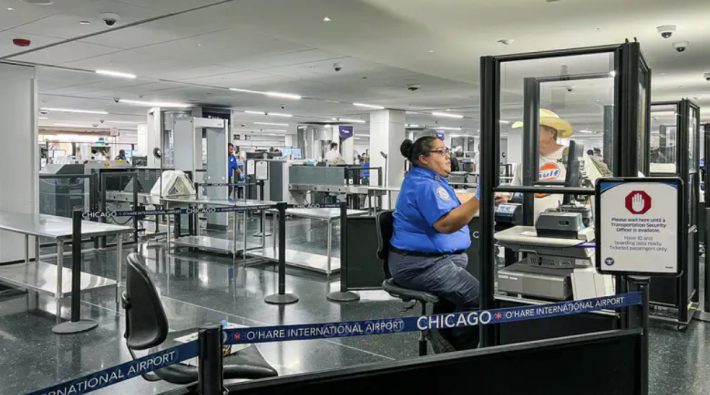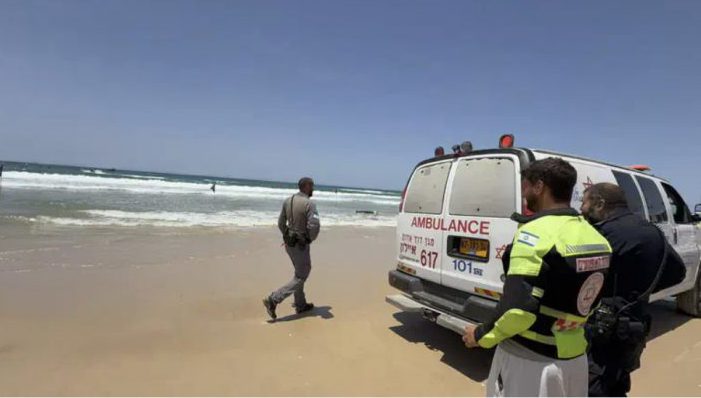TSA to End Two-Decade Shoe Removal Rule at U.S. Airports. The rule began after the 2001 “shoe bomber” incident and a 2006 liquid explosives plot.
In a landmark shift to air travel security procedures, the Transportation Security Administration (TSA) is preparing to phase out the requirement for passengers to remove their shoes at airport checkpoints—a rule that has defined U.S. aviation screening for nearly 20 years. A government source confirmed the impending change to CNN on Tuesday.
The news, initially reported through an internal memo cited by the travel blog Gate Access, has not yet been officially announced by TSA. Still, the White House Press Secretary welcomed the update on X, calling it “big news” from the Department of Homeland Security (DHS).
In a statement to CNN, TSA public affairs commented cautiously: “TSA and DHS are always exploring new and innovative ways to enhance the passenger experience and our strong security posture. Any potential updates to our security process will be issued through official channels.”
The requirement to remove shoes traces back to a pivotal moment in modern aviation security: the December 2001 “shoe bomber” incident, in which Richard Reid attempted to detonate explosives hidden in his footwear on a transatlantic flight from Paris to Miami. Although the policy wasn’t mandated until several years later, it became standard by the mid-2000s amid intelligence concerns and ongoing terror threats.
The 2006 foiled plot involving liquid explosives on flights from the UK to North America further solidified the layers of modern airport screening—including the 3-1-1 liquids rule, which still remains in effect.
Some travelers have been exempt from the shoe rule through enrollment in TSA PreCheck, a Trusted Traveler Program that allows pre-vetted passengers to enjoy expedited screening in exchange for a background check and a nominal fee.
The planned rollback of the shoe removal policy reflects ongoing advancements in screening technology and a shift toward risk-based, intelligence-driven security models. It also marks a symbolic end to one of the most visible legacies of the post-9/11 travel era—one many passengers will be glad to leave behind.





